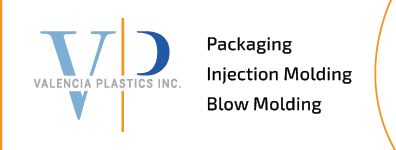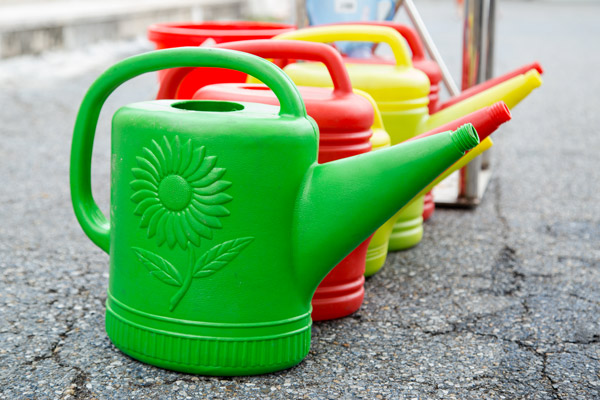Rotational molding and blow molding are both common methods of creating hollow plastic goods, but the processes differ substantially. Though they may produce similar results in many instances, variations in the techniques often make blow molding a better choice.
Roto-Molding vs. Blow Molding
There are multiple key advantages to blow molding that lead us to recommend it over rotational molding for most products, especially in high-volume runs. These include:
- Cost: The molds used in blow molding hold up over time, whereas rotational molds require frequent replacement. Over several years, rotational molding can cost several times as much as blow molding just in terms of tooling. Combined with the much faster rate of blow molding, it’s possible to produce far more products for the same investment if you select blow molding.
- Time: Rotational molding is a very slow process. A single station might only produce two products per hour. With blow molding, it’s possible to achieve many times that with no reduction in quality.
- Weight: As a consequence of the manufacturing process, rotationally molded products are often substantially heavier than their blow-molded counterparts.
- Voids: Another consequence of the rotational molding model is that the final project is porous. Although the goal is to leave the mold rotating until every wall is evenly coated, that is impossible in practice, resulting in tiny perforations in the final finish. Blow molding forms the whole component from one highly calibrated tube of plastic, preventing this problem.
What is Rotational Molding?
To best understand the difference between blow molding and rotational molding, it’s important to consider how rotational molding works. In rotational molding, a mold spins within a drum. As the vessel turns, powdered plastic begins to accumulate on the surface of the mold, forming an even coating and, eventually, the desired hollow part. This can take upwards of 30 minutes depending on the design, limiting production speed to one or two parts an hour.
What is Blow Molding?
Blow molding uses a parison (a hollow tube) inserted into a mold and filled with molten plastic. When air is injected, the tube expands, conforming the plastic to the shape of the mold. While there are a few more moving parts involved in blow molding, the result is a much faster and more precise cycle. This process enables the production of higher volumes of parts in shorter periods of time. These advantages also offer economies of scale, increasingly lowering the cost-per-part on larger runs.
Valencia Plastics Blow Molding Services
At Valencia Plastics, blow molding is our specialty. We are a full-service, U.S.-based plastic molding supplier, and we’re known for using only the highest quality materials and the most innovative processes for our blow molds. To learn more about blow molding for your next plastic project, get in touch with Valencia Plastics today.

